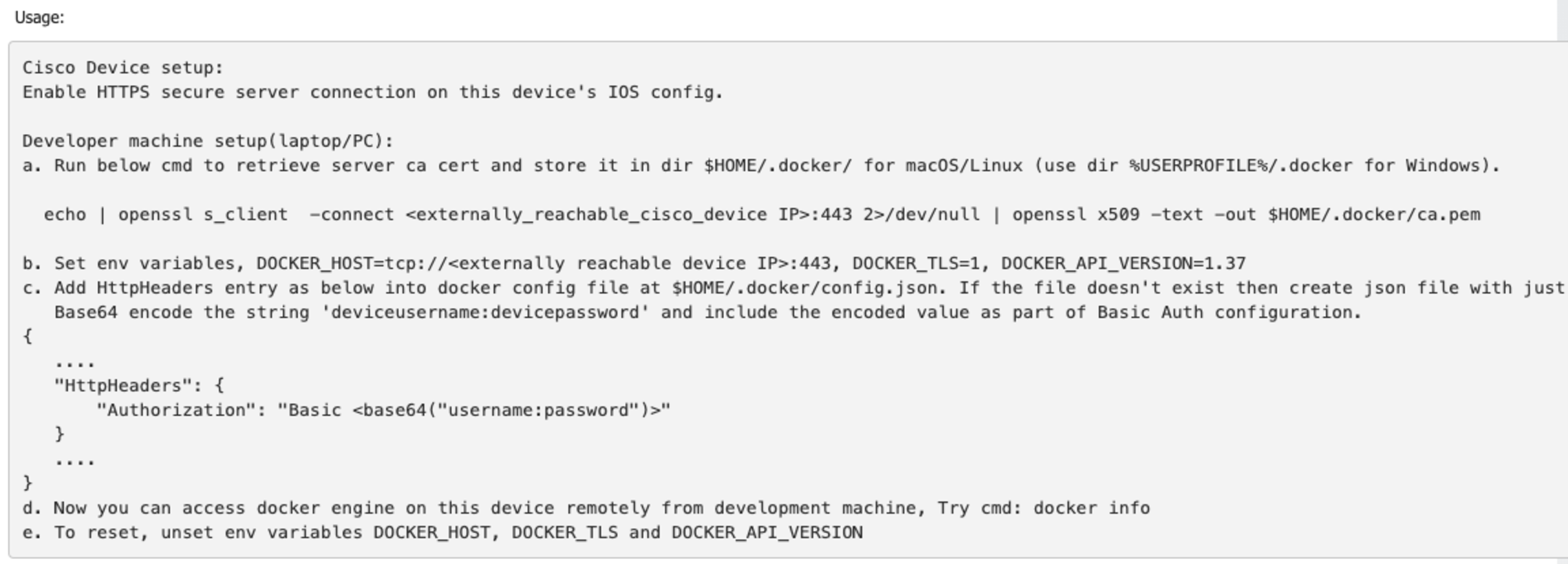

Sudo security add-trusted-cert -d -r trustRoot -k /Library/Keychains/System.keychain Either import the certificate to the trusted root store using Keychain, or perform the following in the terminal. MacOS will mostly use the keychain, which should keep the OpenSSL CA Store in sync.

MacOS behaves very similar to Linux, but has it’s own configurations and directories. Similarly, you can configure system variables to point to this CA Store (or point to the OpenSSL store you’ve updated previously)
#Docker for mac x509 cert update
You can update the Zscaler certificate into this CA Store by doing the followingĬat ZscalerRootCertificate-2048-SHA256.crt > $(python -m certifi) usr/lib/python2.7/site-packages/certifi/cacert.pem

You can identify the store if certifi package is installed Python will (again) typically use it’s own CA store. This is more effective since the CA-Trust file could be directly referenced by other applicationsĬp ZscalerRootCertificate-2048-SHA256.crt /etc/pki/ca-trust/source/anchors/ & update-ca-trust Python In this directory structure, you can add the Zscaler certificate into the certs directory by simply copying the file in.Ĭp ZscalerRootCertificate-2048-SHA256.crt $(openssl version -d | cut -f2 -d \")/certsĪlternatively you can place the file into the anchors directory and run the update-ca-trust command to push the certificate into the CA-Trust files. You can find the OpenSSL directory through the following command Linux variants invariably use OpenSSL for their CA Trust. \ZscalerRootCertificate-2048-SHA256.crt| ac C:\Python37\Lib\site-packages\pip\_vendor\certifi\cacert.pem Similar to GIT, the bundle needs to be updated – replacing the python directory with your own
#Docker for mac x509 cert windows
Python on Windows automatically includes PIP and Certifi which is the default certificate bundle for certificate validation. \ZscalerRootCertificate-2048-SHA256.crt| ac $(git config -get http.sslcainfo) Python This should be updated to include the Zscaler certificate by running the following command as an administrator in PowerShell which appends the Zscaler certificate to the bundle. The CA Certificate store is identified at http.sslcainfo. Http.sslcainfo=C:/Program Files/Git/mingw64/ssl/certs/ca-bundle.crtį=git-lfs filter-process Most applications will utilise the Windows certificate store, however many more especially those ported from Linux, start to use their own certificate stores. This document assumes you are using the Zscaler Intermediate certificate for TLS / SSL Inspection – if you are using a custom certificate for TLS / SSL Inspection, then you should replace all references to Zscaler Root with your custom Root certificate. It can be used as a basis to expand the certificate deployment into other applications. This document describes techniques to deploy the Zscaler Root Certificate into these applications. However, a number of applications do not read the system certificate store – for example Python – and moreover developer tools such as Docker need to have the Root certificate installed in order for the applications which run there to trust the synthetic certificates. Zscaler App is deployed on Windows and Mac devices and the Zscaler certificate is installed in the appropriate system Root Certificate Store so that the system/browser trusts the synthetic certificate generated during TLS Inspection. Enterprises utilise TLS inspection for Advanced Threat Protection, Access controls, Visibility, and Data-Loss Prevention. Over 90% of websites now use TLS encryption (HTTPS) as the access method.


 0 kommentar(er)
0 kommentar(er)
